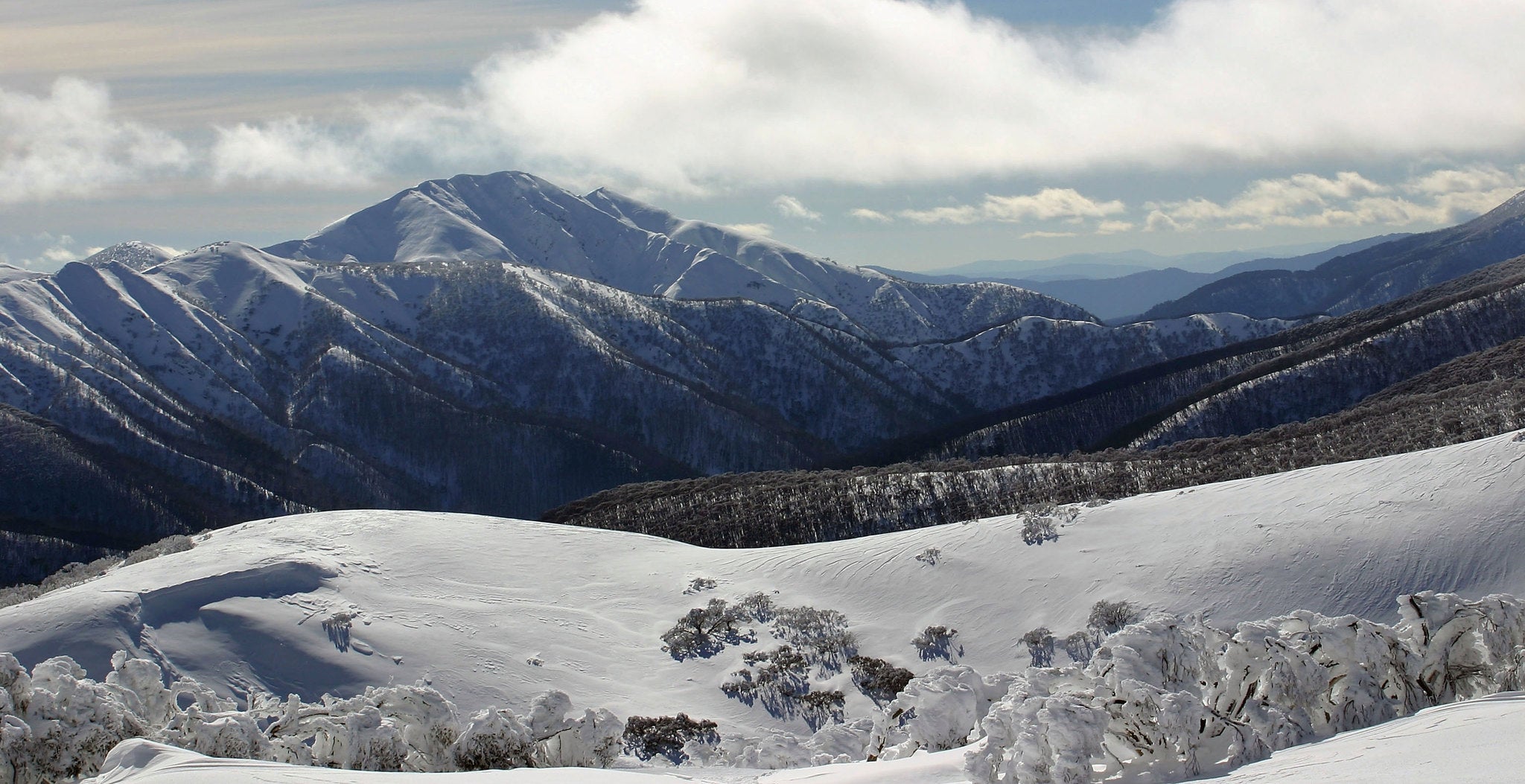Discover About the Most Scenic and Snow-Covered Destinations In Australia
Discover About the Most Scenic and Snow-Covered Destinations In Australia
Blog Article
Discover the Fascinating Impacts of Snow in Australia on Regional Ecosystems
Despite its track record for sun-soaked landscapes, Australia additionally flaunts areas buried by snow-- a phenomenon that profoundly influences the country's special environments. The shielding residential properties of snows secure plants and fauna amidst the chilliest winter seasons, while the melting snow nurtures rivers and water life. The actual wonder lies in exactly how these frosty conditions shape the country's biodiversity and nutrient cycles. As we untangle this complex connection, we find ourselves stepping on uncharted premises in Australia's high country.
The Unforeseen Regions of Snowfall in Australia
Although Australia is usually connected with sun-scorched landscapes and sandy coastlines, certain regions remarkably experience snowfall. The high country regions of New South Wales, Victoria, and Tasmania are specifically known for their winter season snow. The Snowy Hills in NSW, for circumstances, receive bountiful seasonal snow, providing a plain contrast to the country's normal warm, arid climate. The Victorian Alps and components of Tasmania also see annual snowfalls, transforming the landscape into a wintertime wonderland. These areas are not just anomalies however essential components of Australia's varied climate system. The visibility of snow in these regions considerably affects neighborhood communities, subsequently affecting the nation's special biodiversity. The details influence on Australia's unique flora will certainly be reviewed in the next section.

Just How Snow Impacts Australia's One-of-a-kind Plants
While it may appear unusual, snowfall in Australia plays a crucial duty fit the country's special vegetation. The snow-filled wintertimes foster strength in Australian plant species. This is particularly evident in the alpine and sub-alpine areas, where snow gum tissues and hill plum-pines flourish. These plants have progressed to make it through in severe conditions, with snow working as a protective blanket from extreme winds and freezing temperatures. The snow additionally adds to the wetness content of the soil, offering required hydration for plant during the dry summer months. Essentially, the snow affects the timing of blooming and seed dispersal, the growth rates, and the survival of many plant varieties, showcasing the elaborate interplay between environment and plants in Australia.

The Adjustments of Australian Animal to Snowfall
Just as Australia's flora has adapted to the wintery conditions, the regional animals also, show impressive adjustments to the snowfall. Types like the Mountain Pygmy-possum, the only Australian marsupial understood to hibernate, have evolved methods to make it through in snowy environments. It utilizes the snow why not look here as insulation, hibernating in rock holes underneath the snow to remain cozy. In a similar way, the Snow Skink, a species of lizard, alters its colour to white throughout winter, supplying camouflage versus predators. Birds such as the Snowy Mountains' Crimson Rosella additionally adjust their diets to take in readily available food resources her response throughout chillier durations. Hence, despite the extreme problems, Australian animals shows a resilient and flexible nature, guaranteeing their survival in areas experiencing snowfall.
The Role of Snow in Forming Regional Ecosystems
In forming the regional ecosystems, the role of snow in Australia is both profound and multilayered. Snow gives a critical water source, feeding rivers and reservoirs as it thaws, hence supporting a range of marine life types. The visibility of snow forms the plants patterns, pet actions, and total sustainability of Australia's distinct ecosystems.

The Future of Snowfall in Australia: Implications and predictions

Given the vital role snow plays in forming regional ecosystems, the future of snowfall in Australia is attracting boosting attention from researchers and environmentalists. Present climate models forecast a considerable decrease in snowfall because of international warming, with possibly extensive effect on neighborhood ecological communities. Less snow can cause reduced water availability in alpine regions, detrimentally influencing wildlife environments and plant life. Furthermore, it might modify the timing Does It Snow In Australia of seasonal changes, interfering with the life cycles of numerous indigenous species. The tourist sector, greatly reliant on the winter months snow season, may also face considerable challenges. Understanding these forecasts and their ramifications is essential to establish efficient preservation methods, making sure the conservation of Australia's special biodiversity and the sustainability of its economic situation.
Final Thought
The role of snow in Australia's ecosystems is pivotal yet frequently neglected. Therefore, the snow in Australia is extra than a natural spectacle; it's a crucial gamer in the nation's environmental narrative.
Despite its track record for sun-soaked landscapes, Australia likewise flaunts regions buried by snow-- a sensation that greatly influences the nation's special communities. It makes use of the snow as insulation, hibernating in rock gaps under the snow to remain cozy - Does It Snow In Australia.In forming the regional ecosystems, the duty of snow in Australia is both extensive and multilayered. The existence of snow shapes the plants patterns, animal habits, and general sustainability of Australia's unique environments
Provided the critical duty snow plays in shaping regional ecological communities, the future of snowfall in Australia is attracting increasing focus from researchers and environmentalists.
Report this page